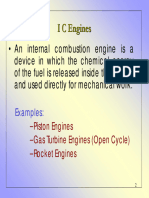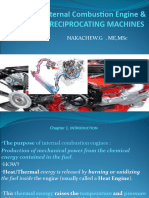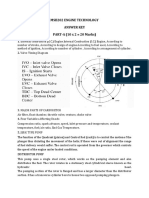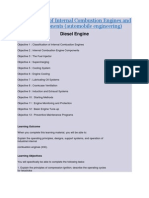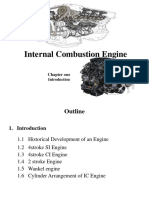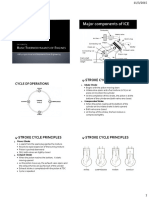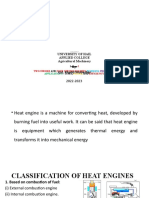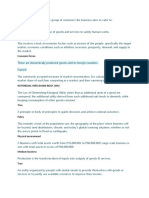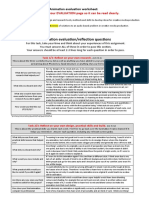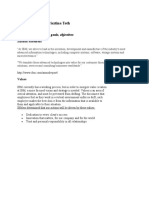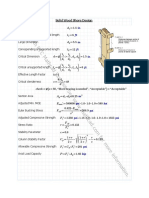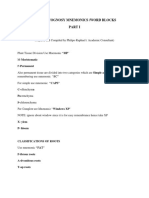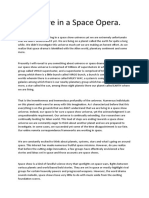0% found this document useful (0 votes)
42 views31 pagesClass - 3-Abnormal Combustion in IC Engines
class_3-Abnormal Combustion in IC engines
Uploaded by
Oilman006Copyright
© © All Rights Reserved
We take content rights seriously. If you suspect this is your content, claim it here.
Available Formats
Download as PPT, PDF, TXT or read online on Scribd
0% found this document useful (0 votes)
42 views31 pagesClass - 3-Abnormal Combustion in IC Engines
class_3-Abnormal Combustion in IC engines
Uploaded by
Oilman006Copyright
© © All Rights Reserved
We take content rights seriously. If you suspect this is your content, claim it here.
Available Formats
Download as PPT, PDF, TXT or read online on Scribd
/ 31














